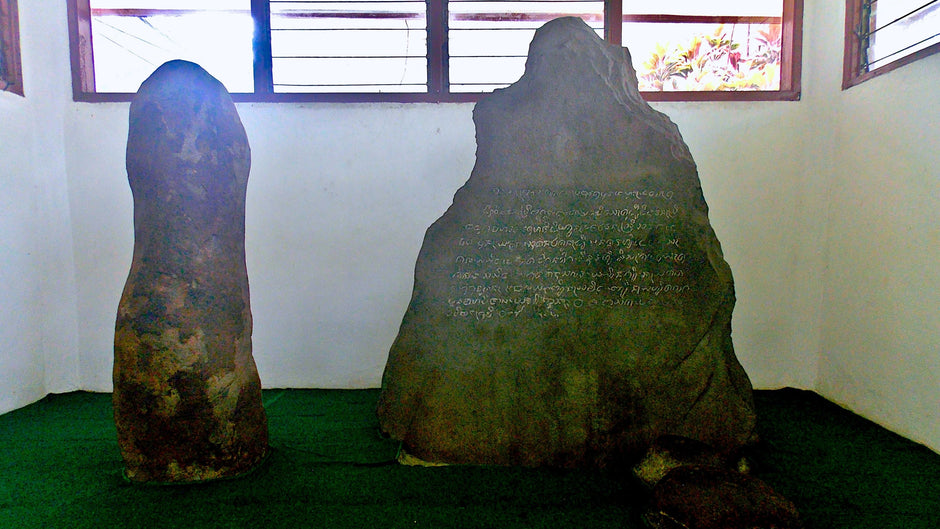The Syahbandar Tower is a significant historical site in Jakarta's Old Town. Built in 1839 by the Dutch colonial government, the tower symbolized maritime glory and the control of the port of Batavia (now Jakarta) during the colonial era. It served not only as a port watchtower but also as an administrative center and for regulating ship traffic entering and leaving Batavia.
 Documentation of the Front and Side Views of the Syahbandar Tower by the SpaceJakarta Team
Documentation of the Front and Side Views of the Syahbandar Tower by the SpaceJakarta Team
Located near Sunda Kelapa Harbor, Jakarta's oldest port, the Syahbandar Tower was a vital part of the colonial defense and trade system. It replaced the old VOC fort known as Bastion Culemborg, one of the defensive forts of Batavia's city wall system. The tower, approximately 12 meters high, was constructed of thick brick and featured a narrow staircase leading to the top, where guards monitored the movement of ships in the harbor.
 Documentation of the View from the Top of the Syahbandar Tower by the SpaceJakarta Team
Documentation of the View from the Top of the Syahbandar Tower by the SpaceJakarta Team
During its heyday, the Syahbandar Tower was used by the harbormaster (harbor official) to record and control merchant ships arriving from all over the world. Every ship wishing to dock in Batavia had to first obtain permission from the harbormaster stationed in the tower. Therefore, the tower played a vital role in international trade and maritime security. In addition to its function as a watchtower, the Syahbandar Tower also houses important relics, such as time and astronomical instruments used to determine the position of ships. These instruments demonstrate that in addition to its role as a control center, the tower also played a scientific role supporting maritime navigation.
 Documentation of the View from the Top of the Syahbandar Tower by the SpaceJakarta Team
Documentation of the View from the Top of the Syahbandar Tower by the SpaceJakarta Team
Today, the Syahbandar Tower is a historical tourist attraction in Jakarta, reminding the public of the importance of maritime history in the development of the city and the Indonesian nation. Although no longer functional, the tower remains a silent witness to the colonial era and the glory of Batavia's port.
Source: Kartum Setiawan
Author: Noverdy R








